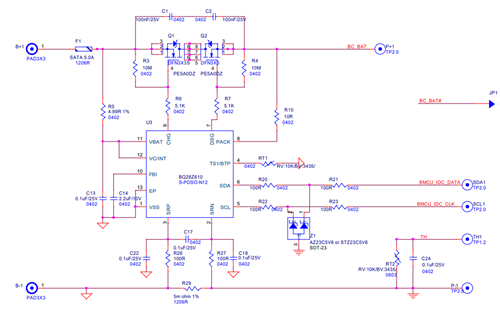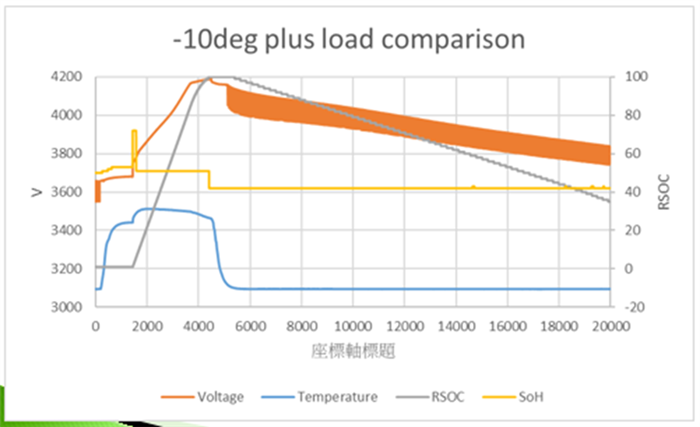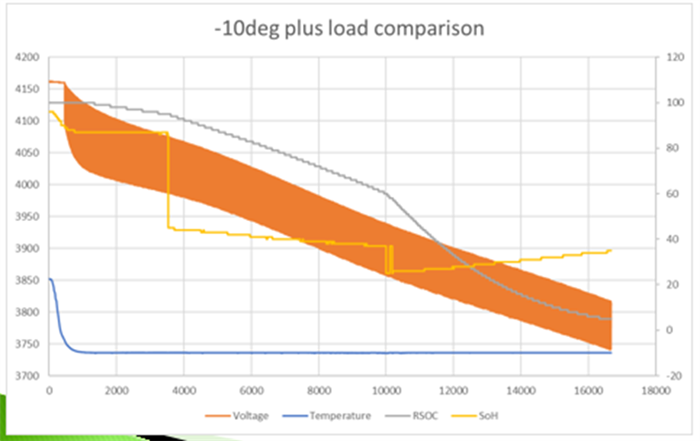Other Parts Discussed in Thread: BQSTUDIO
Dear team
The customer has an case, the following is the customer's log, at line 7&8, they can see that the SOC reading suddenly changes from 80% -> 9%...but the voltage seems to be normal
Could you guide us how to resolve this issue or do some experiment?


The schematic and data as attached.
Many thanks
Denny






